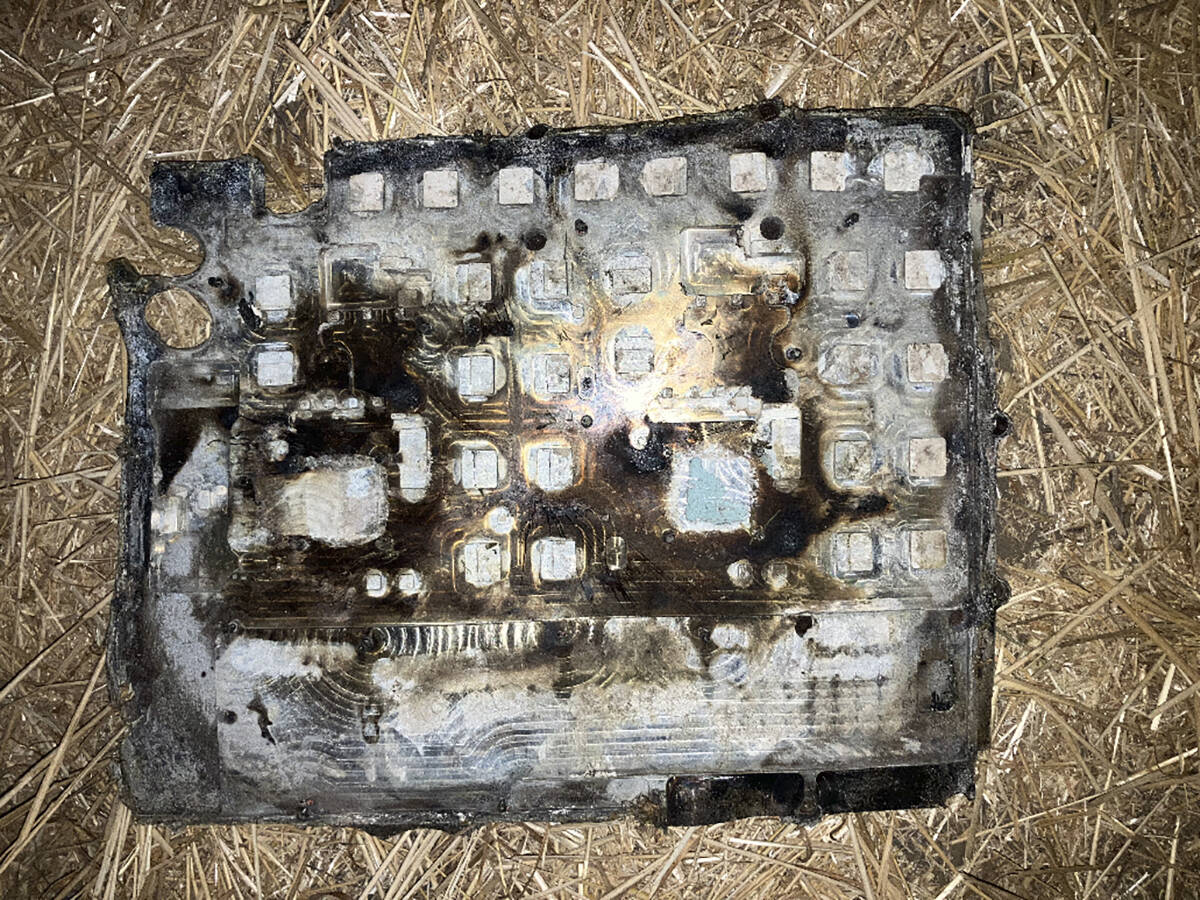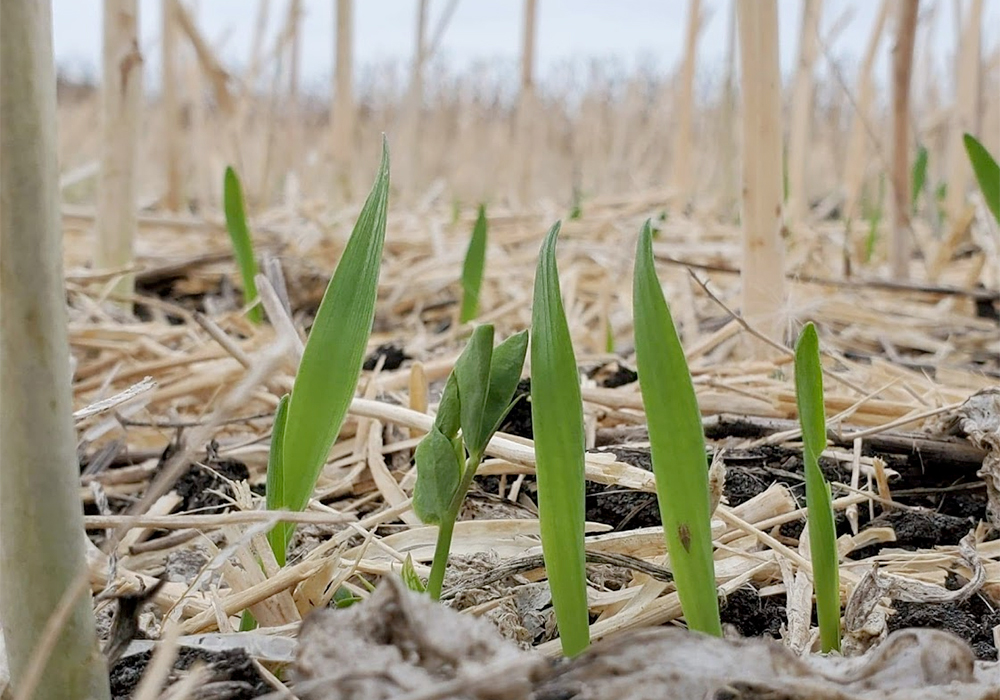Saskatchewan Scrap Tire Corp. | Black Gold Rush program aims to rid the province of its stockpile of old tires
Saskatchewan Scrap Tire Corp. will launch the third phase of its effort to clean up stockpiles of old tires this summer.
The Black Gold Rush program focuses on tires that have accumulated on farms, First Nations, rural residences and urban centres, said special projects director Jackie Kuntz.
The program will target 44 southern rural municipalities in June, July and August.
Residents will be able to take their scrap tires to a collection point designated by the RM. SSTC collectors will then take the tires to recyclers for further processing.
Read Also

Farmers asked to keep an eye out for space junk
Farmers and landowners east of Saskatoon are asked to watch for possible debris in their fields after the re-entry of a satellite in late September.
Kuntz said extensive advertising will ensure everyone knows about the three-week collection period.
“All of this is done at no charge to the RM, no charge to the ratepayers and it is a one-time free clean-up program,” she said.
“Once we’re done in an RM we won’t go back a second time.”
The idea is to encourage tire buyers to return used tires to retailers.
They already pay a recycling fee on each new tire, she added, so it makes sense to actually take it back.
The SSTC was formed in 1996 and formalized by legislation in 1998.
It operates the ongoing current generation program, which is the process of leaving old tires at the retailer when the new one is bought. Those tires are picked up and transported to processors.
The second phase of the corporation’s work was a landfill cleanup, which occurred from 1999-2009 and saw the equivalent of two million car tires removed from more than 300 landfills.
“The SSTC cleaned up all the landfills in the province within those communities that agreed to pass a bylaw indicating that after that cleanup, they would no longer accept scrap tires in their landfills,” Kuntz said.
Some sites still accept tires but only if a tipping fee is paid. They also make sure those tires go for further processing.
The Black Gold Rush program began as a pilot in 2010 with 30 RMs in southwestern and south-central Saskatchewan.
The pilot ran twice more after some tweaking until 113 RMs were covered.
“We can only do 25 to 40 RMs in a given year because it’s funded by our surplus dollars,” said Kuntz.
“There’s no government funding here.”
The program isn’t mandatory. Some RM councils, after declining the invitation to participate, have heard complaints from their ratepayers, she said.
The SSTC offers service groups the opportunity to earn money by either operating the entire collection process until the tires are picked up or sorting and counting the collected tires.
4-H, Lions, Kinsmen, historical societies, volunteer firefighters and Communities in Bloom have participated. Kuntz said the RM chooses which service group will do the work.
Collected tires are mostly recycled in Saskatchewan, but certain types must go out of province.
Kuntz said the goal of the SSTC programs is to eliminate stockpiles.
A program to follow Black Gold Rush is called Return to Retailer. It will allow people the opportunity to drop off a limited number of tires at participating retailers.
For more information, visit www.scraptire.sk.ca.


















